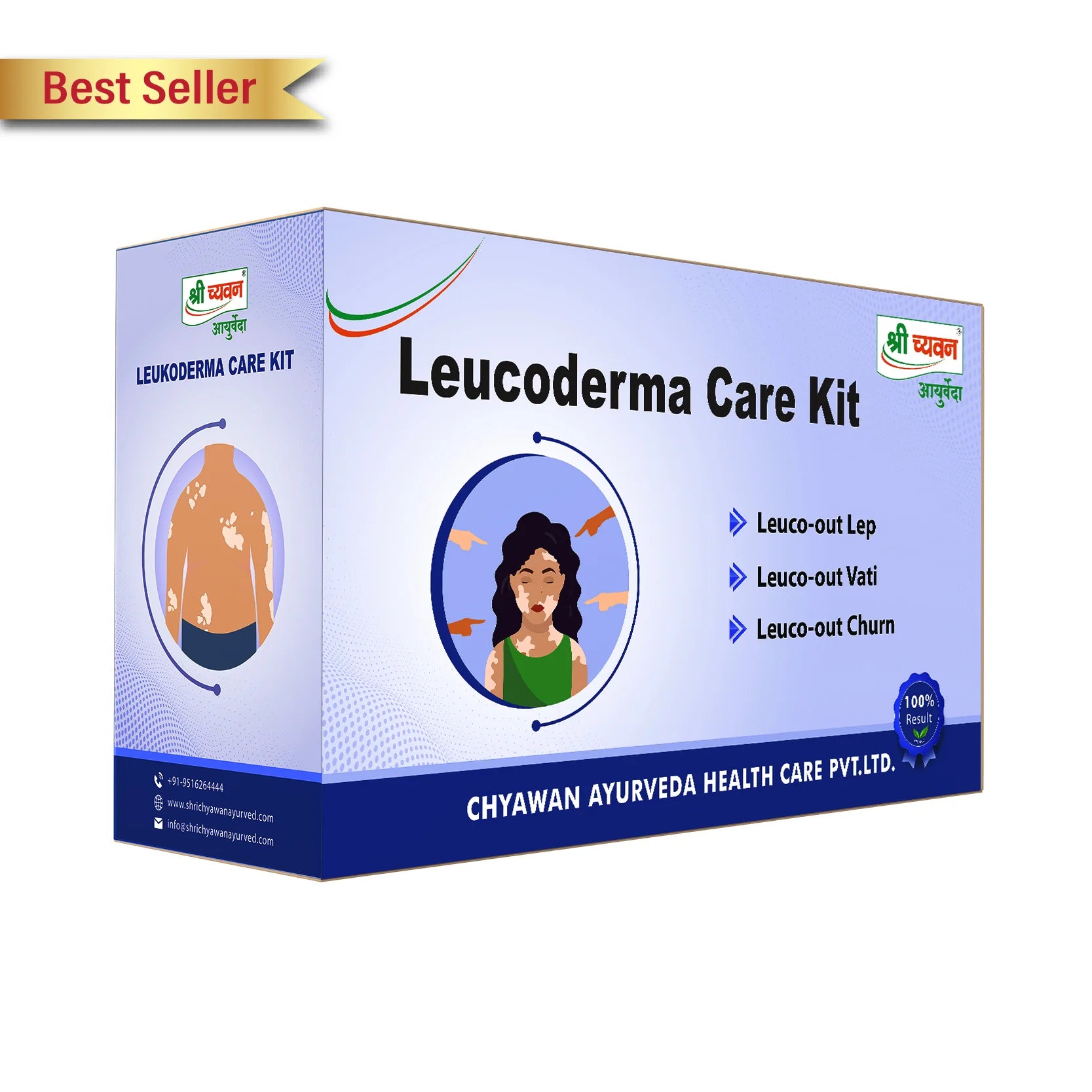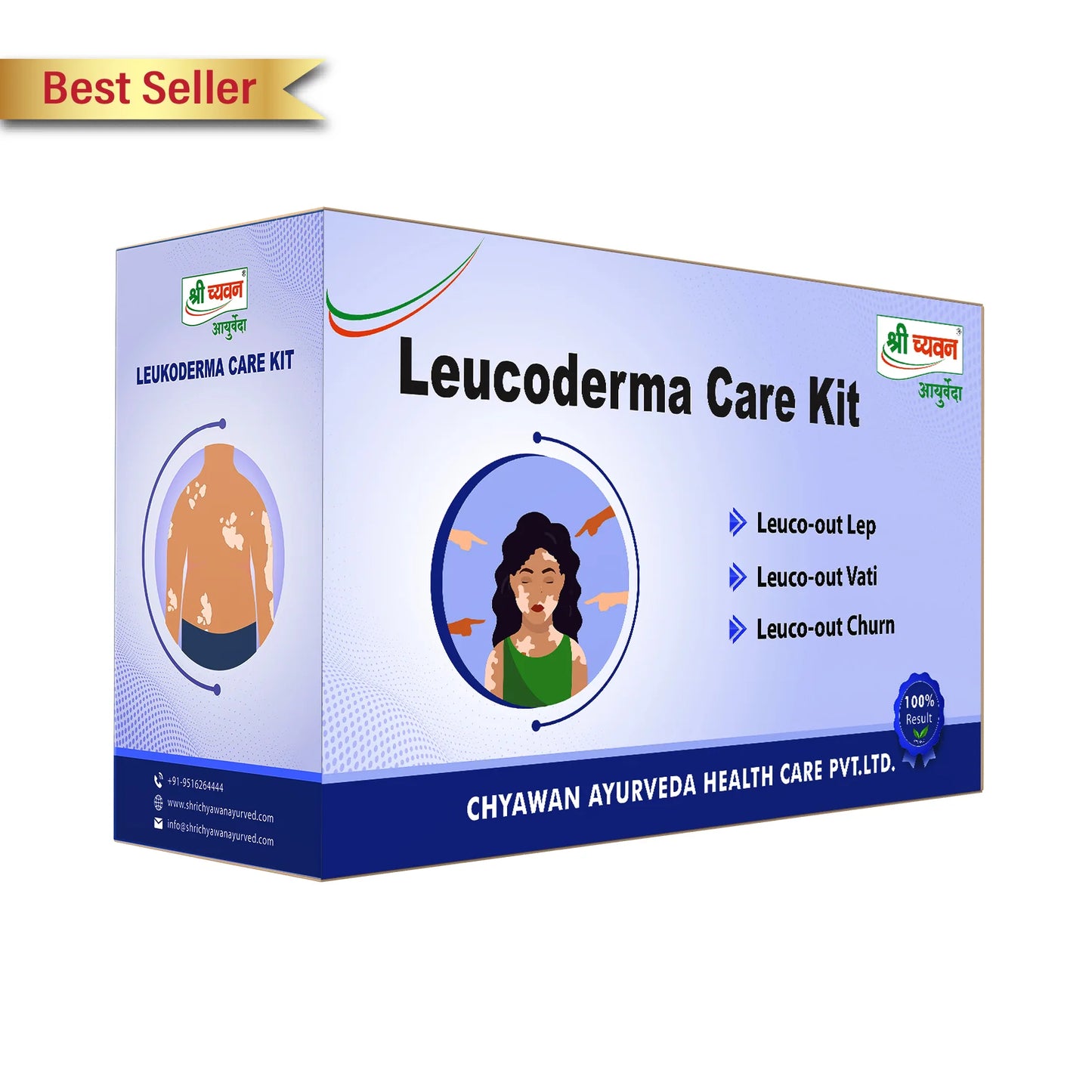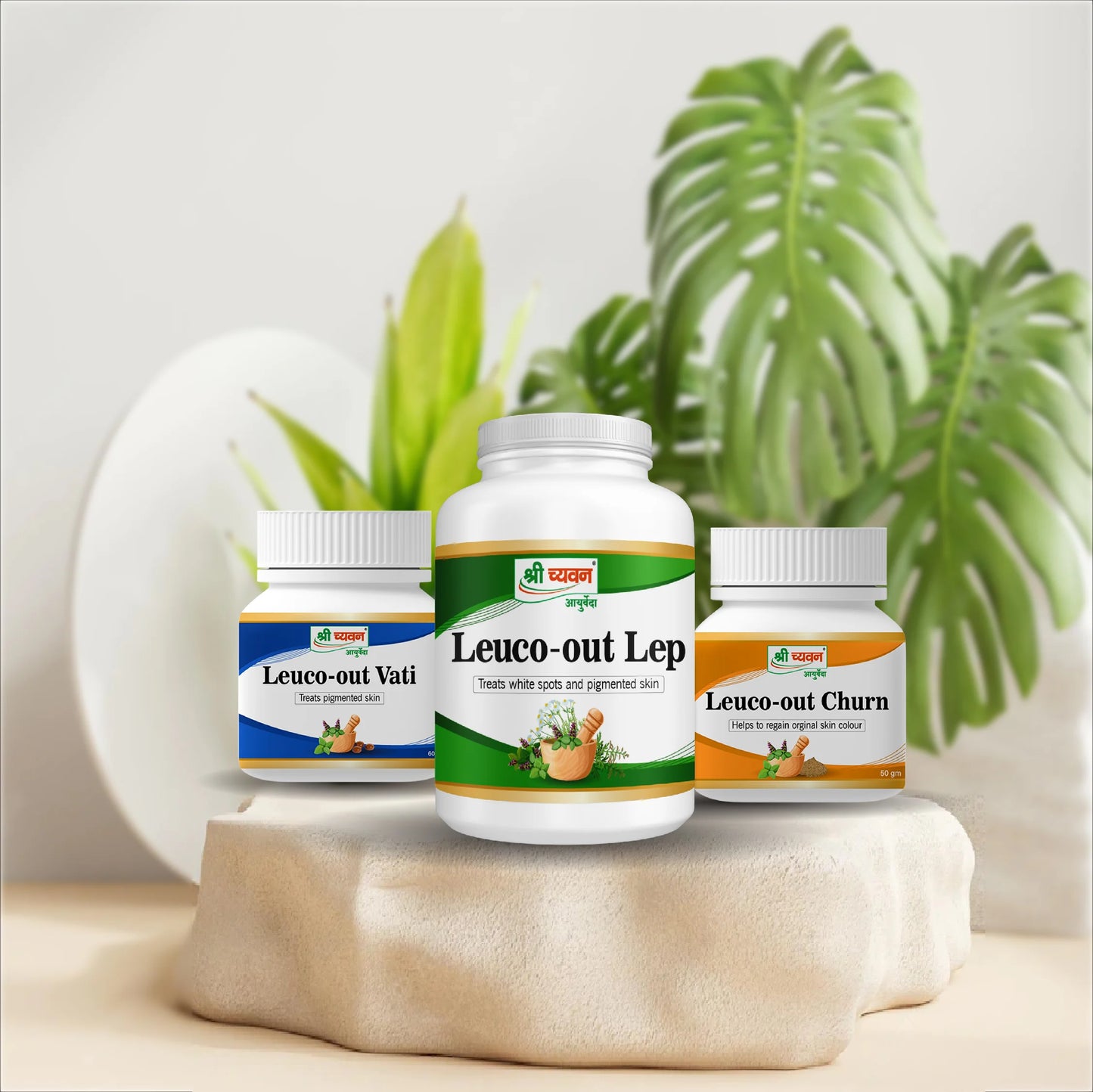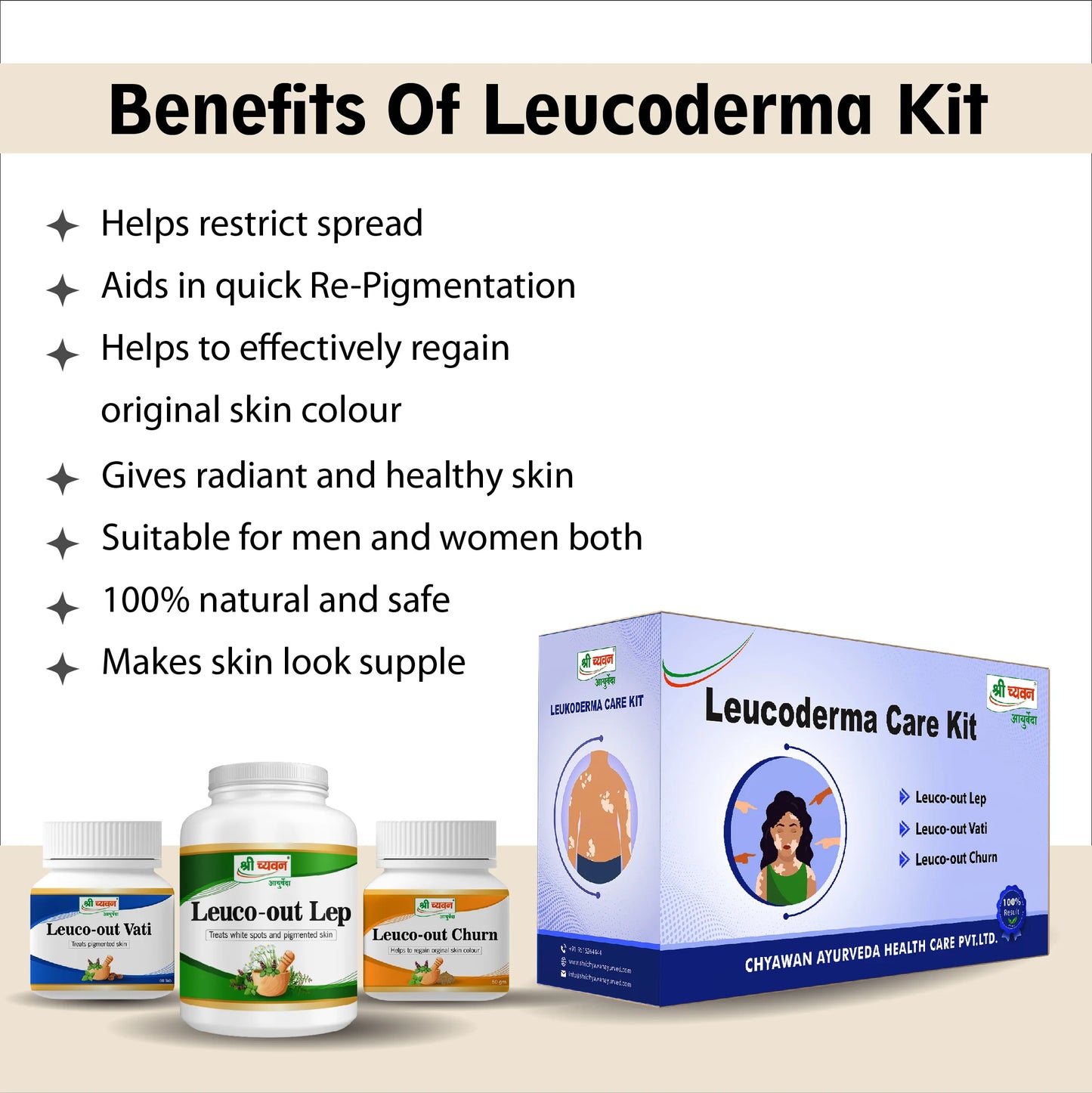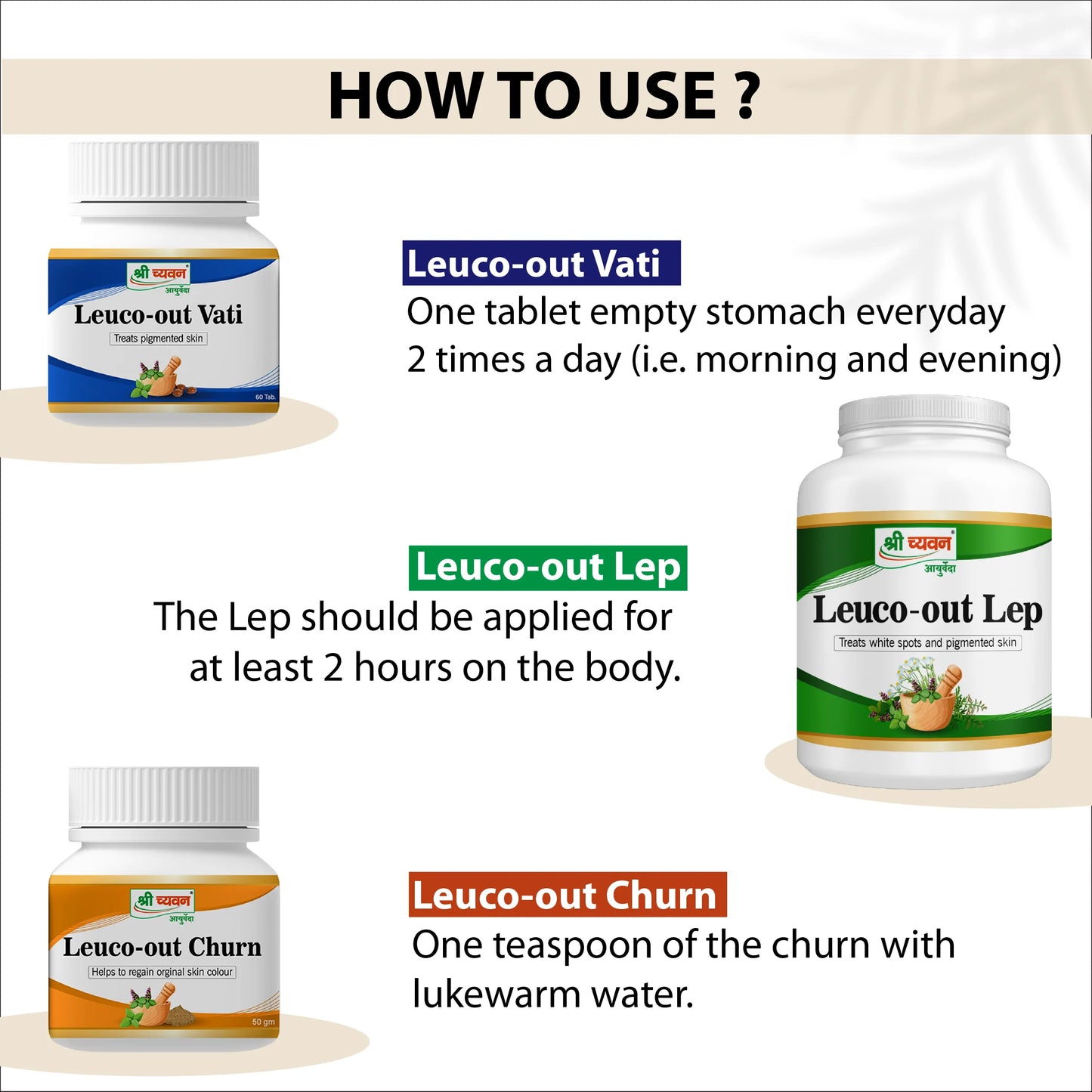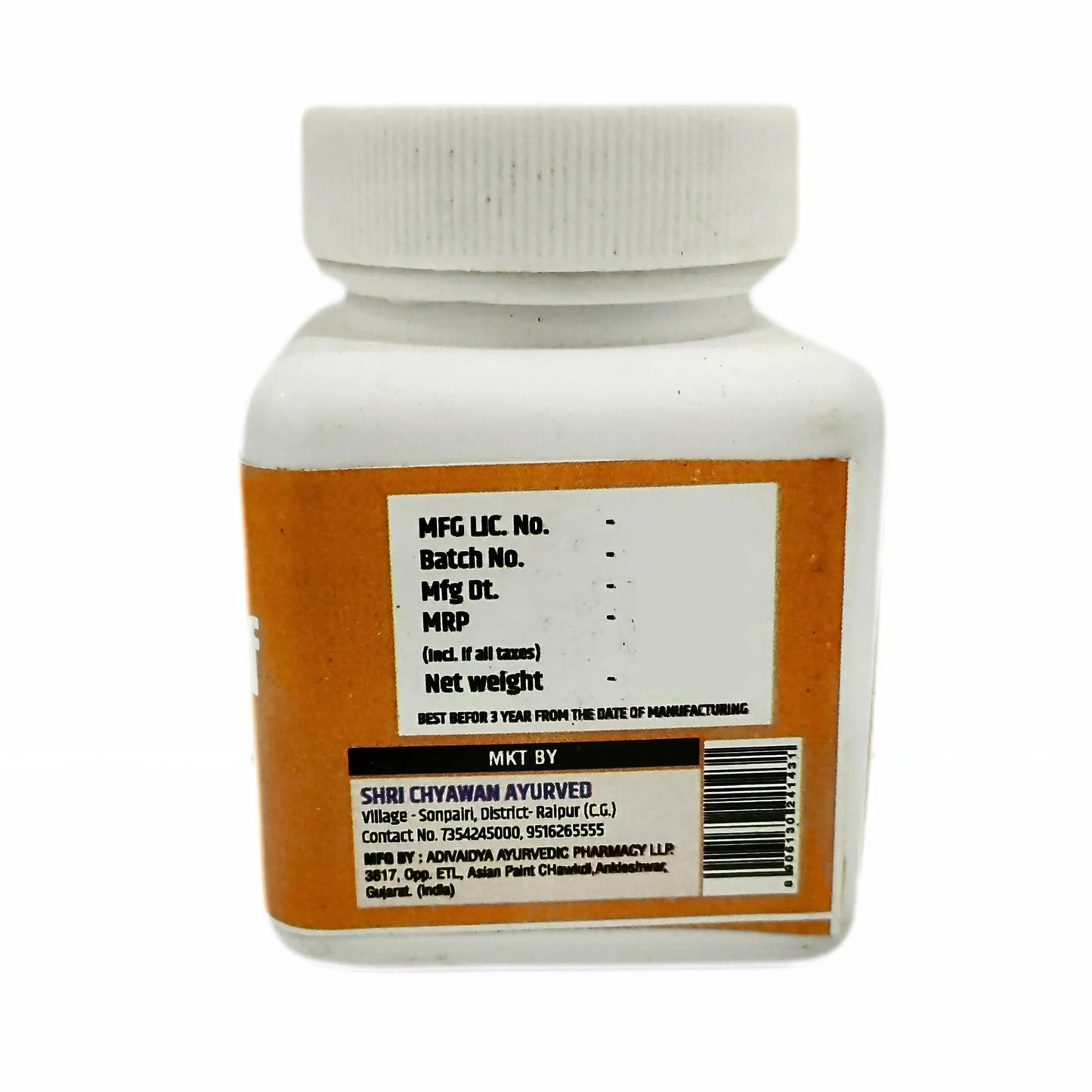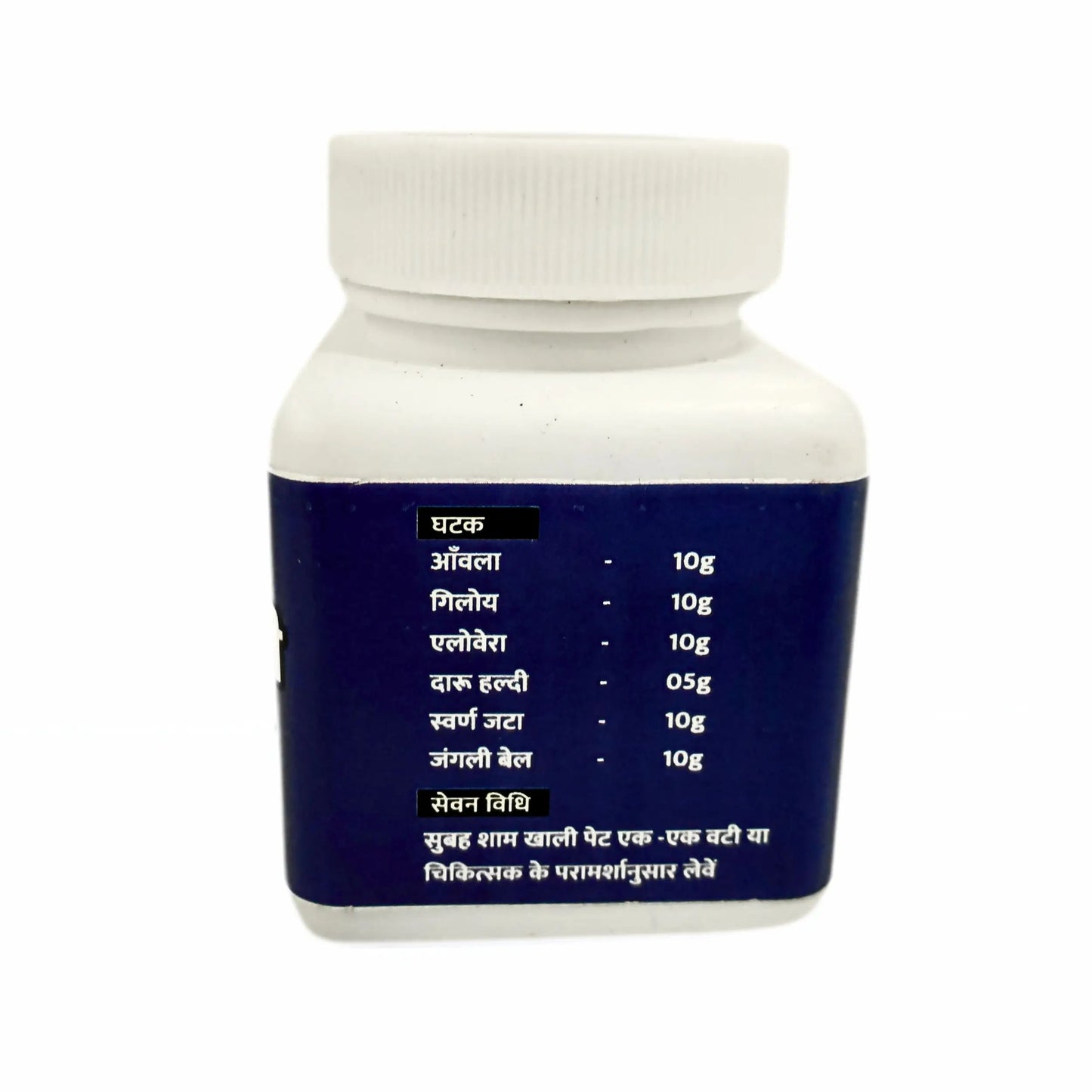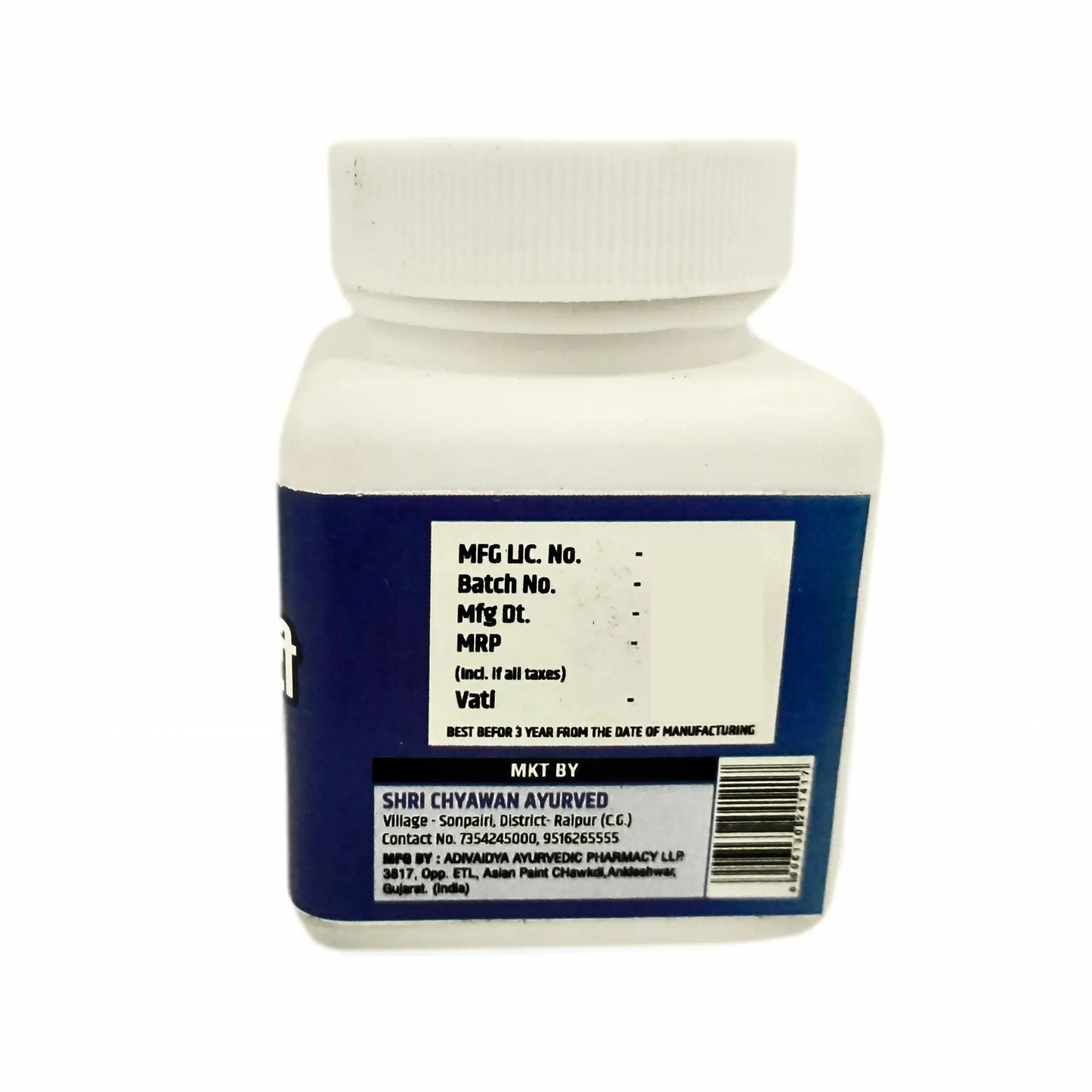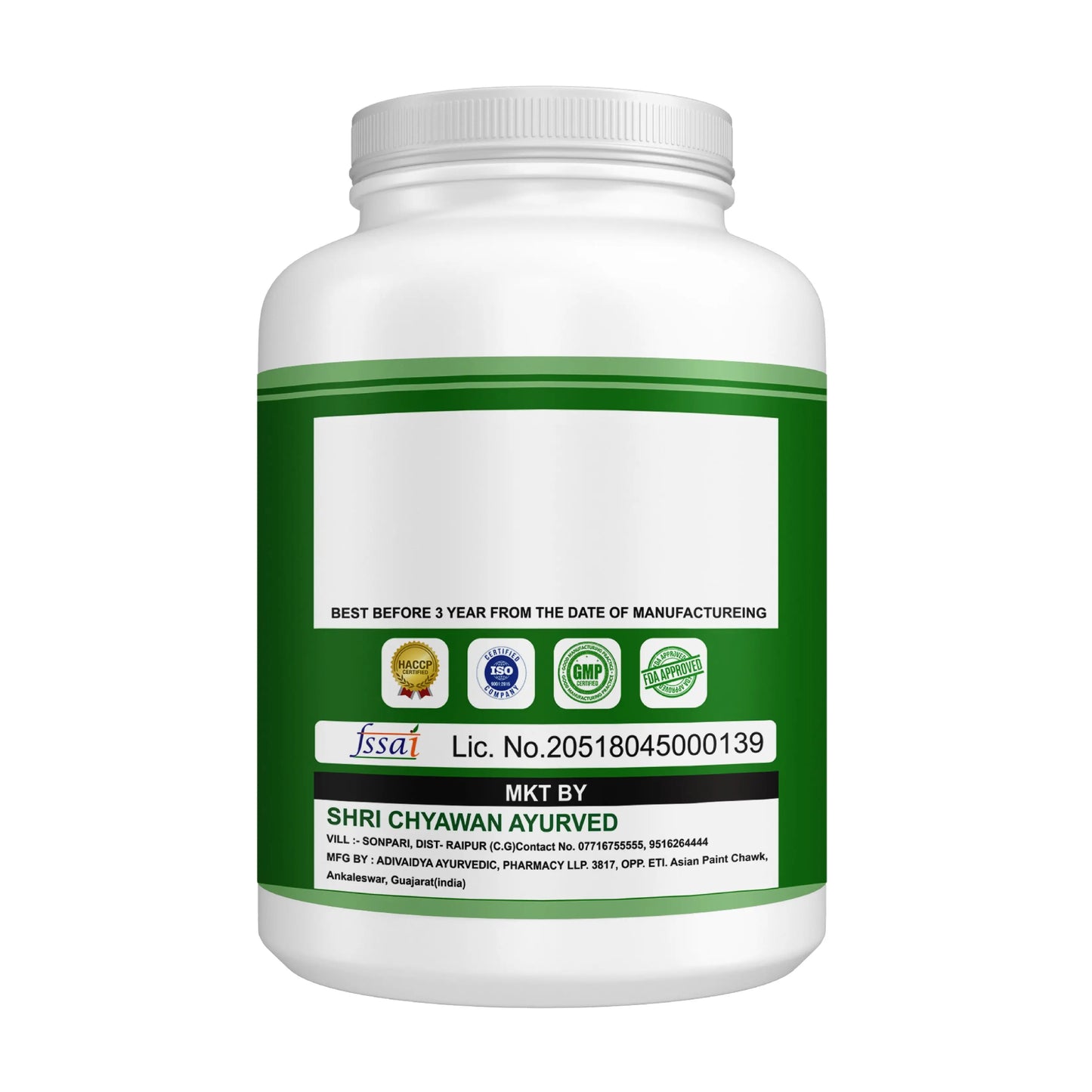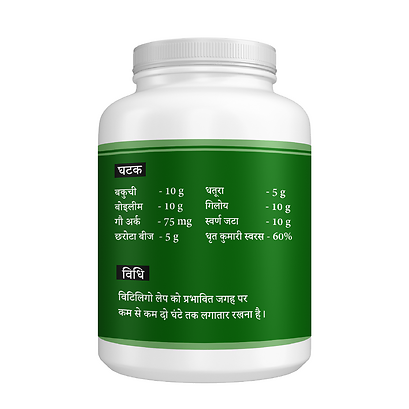Introduction
Vitiligo is a skin condition causing white patches due to melanin loss. While there's no complete cure, a balanced diet, including specific fruits, can support skin health and slow its progression.
Role of Diet in Vitiligo Management
A healthy diet can:
1. Boost Antioxidants: Fruits like blueberries and grapes protect skin cells.
2. Support Melanin Production: Papaya and figs may enhance pigmentation.
3. Strengthen Immunity: Citrus fruits provide vitamin C to fight oxidative stress.
4. Detoxify the Body: Water-rich fruits like watermelon help eliminate toxins.
5. Improve Gut Health: Fiber-rich apples support better digestion and nutrient absorption.
While fruits alone can't cure vitiligo, they can complement treatment and promote healthier skin.
How Can Fruits Help in Vitiligo?
Fruits support vitiligo management by providing essential nutrients, antioxidants, and enzymes that promote skin health and protect melanocytes.
Nutritional Benefits for Skin Health
1. Vitamin C: Citrus fruits boost collagen and strengthen skin.
2. Vitamin A: Papaya and mango aid skin regeneration.
3. Vitamin E: Avocados and kiwi protect skin cells.
4. Zinc & Copper: Pomegranates support melanin production.
5. Fiber: Apples and pears improve gut health for better nutrient absorption.
Antioxidants and Pigmentation Boost
Antioxidant-rich fruits like blueberries, grapes, and pomegranates reduce oxidative stress, while papaya and figs support skin regeneration and melanin production.
Best Fruits for Vitiligo
1. Papaya: Rich in enzymes and antioxidants that support skin regeneration and melanin production.
2. Blueberries: High in antioxidants, helping to protect skin cells from oxidative damage.
3. Figs: Improve blood circulation and strengthen immunity, promoting healthier skin.
4. Citrus Fruits (Oranges, Lemon): Packed with vitamin C, which boosts collagen and skin repair.
5. Apples: Support overall skin health with vitamins, fiber, and antioxidants.
6. Grapes: Protect skin cells from oxidative stress due to their polyphenol content.
7. Pomegranate: Promotes melanin production and improves skin hydration.
Including these fruits in your daily diet can support skin health and complement vitiligo management.
Fruits to Avoid
While most fruits are beneficial for vitiligo, some excessively acidic fruits may not be ideal, especially if consumed in large quantities.
1. Excessive Citrus (Lemon, Lime, Grapefruit): While rich in vitamin C, excessive acidity can sometimes trigger oxidative stress and inflammation in sensitive individuals.
2. Sour Berries (Cranberries, Unripe Gooseberries): Their high acidity may affect gut health, which can indirectly impact skin health.
3. Pineapple: Though nutritious, its high acidity might cause digestive discomfort and inflammation.
It’s best to consume these fruits in moderation while focusing on a balanced, antioxidant-rich diet for vitiligo management.
Other Dietary Tips for Vitiligo
Balancing Fruits with a Healthy Diet
While fruits can support skin health, a well-rounded diet is equally important.
1. Include Vegetables: Leafy greens, carrots, and beets provide essential vitamins and antioxidants.
2. Add Protein: Lentils and beans support skin repair and immune health.
3. Healthy Fats: Avocados, nuts, and seeds provide vitamin E and omega-3 fatty acids for skin nourishment.
4. Whole Grains: Brown rice, quinoa, and oats offer fiber for better digestion and nutrient absorption.
Importance of Hydration
Proper hydration helps flush toxins and keeps skin healthy.
1. Drink Plenty of Water: Aim for 8–10 glasses daily to maintain skin hydration.
2. Include Hydrating Fruits: Watermelon, cucumber, and oranges provide both water and essential nutrients.
3. Herbal Teas: Green tea and chamomile tea offer antioxidants while keeping you hydrated.
A balanced diet, proper hydration, and healthy lifestyle choices can significantly support vitiligo management alongside medical treatments.
Shri Chyawan Ayurveda's Leucoderma Care Kit
Shri Chyawan Ayurveda has formulated an ayurvedic medicine and treatment for Vitiligo, Leucoderma Care Kit. It is prepared by a combination of pure and natural making it safe for use.
What is in the Shri Chyawan Ayurveda's Leucoderma Care Kit?
The Shri Chyawan Ayurveda's Leucoderma Care Kit contains three types of medicine:
- Leuco-out Lep
- Leuco-out Vati
- Leuco-out Churn
Products Benefits:
Leuco-out Lep : Shri Chyawan Ayurveda's Leuco-out lep helps to recover the skin cell and remove all the dead cells.
Leuco-out Vati : Shri Chyawan Ayurveda's Leuco-out vati is a tablet that helps to boost immunity and reduce the dead cell. Its also helps in the all skin related disease.
Leuco-out Churn : Shri Chyawan Ayurveda's Leuco-out churn helps in the detoxification of the body and remove harmful toxins.
Product Ingredients:
- The main Ingredients in Leuco-out Lep are Bakuchi, Boileem, Ark, Chharota Seed, Dhatura, Giloy, Gold Ash, Swarn Jata, Aloe Vera .
- The main ingredients in Leuco-out Vati are Amla, Giloy, Aloe vera, Kiwi, Daru Haldi, Swarn Jata, Bhasm, Ark, Jangali bel etc.
- The main ingredients in Leuco-out Churn are Bakuchi, Daru Haldi, Nagar Motha, Arjun Chhal, Tulsi, Swarn Bhasm etc.
HOW TO USE:
Leuco-out Vati – One tablet empty stomach twice a day i.e. morning and evening or as directed by the physician.
Leuco-out Churn – One teaspoon of the churn with lukewarm water.
Leuco-out Lep – The Lep should be applied for at least 2 hours on the body.
Note - Do not consume if Diabetic or Pregnant. Consulting a healthcare professional before use.
Conclusion
Can Fruits Alone Help?
While fruits play a supportive role in vitiligo management by providing antioxidants, vitamins, and minerals, they cannot cure the condition on their own. A fruit-rich diet can help protect skin cells, support melanin production, and improve overall skin health, but it should be part of a comprehensive approach.
The Importance of a Holistic Approach
Managing vitiligo effectively requires a balanced lifestyle, including:
1. Nutritious Diet: Combine fruits with vegetables, lean proteins, healthy fats, and whole grains.
2. Proper Hydration: Drink enough water and include hydrating foods.
3. Stress Management: Practice yoga, meditation, or other relaxation techniques.
4. Regular Exercise: Improves blood circulation and boosts immunity.
5. Medical Guidance: Follow prescribed treatments and consult a healthcare provider for personalized care.
A holistic approach, combining a healthy diet, lifestyle changes, and medical support, offers the best path for managing vitiligo effectively.
Free Consultation with our Expert Doctor- 📞📞 95162 64444




